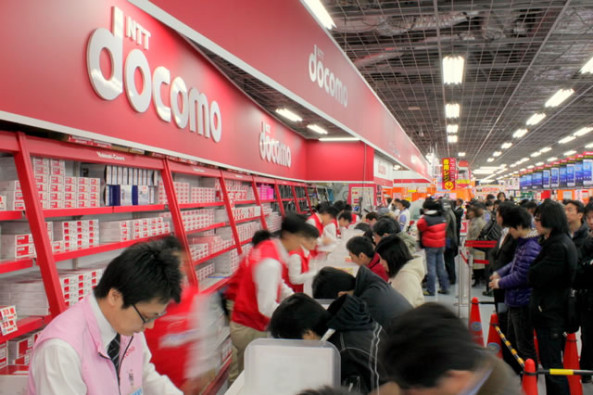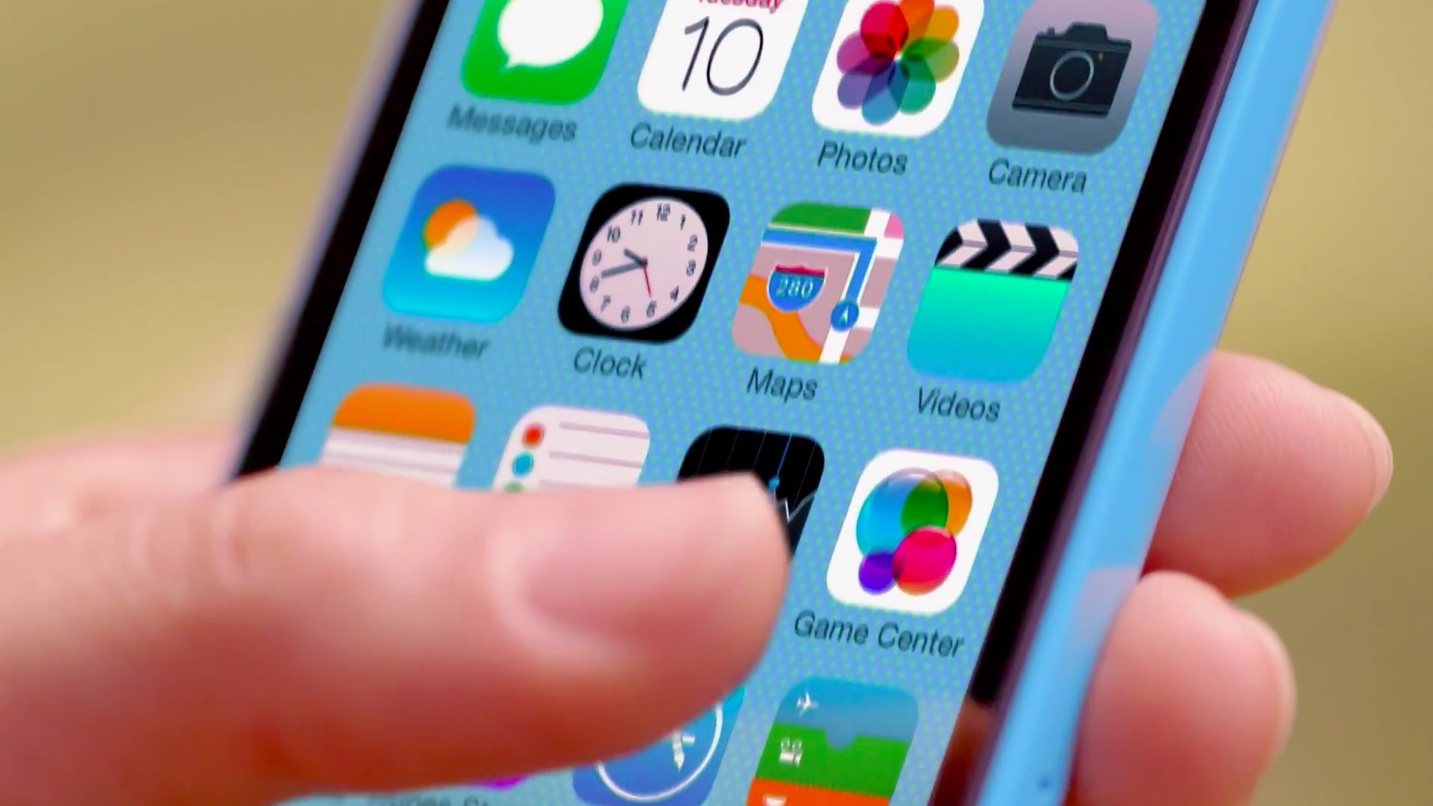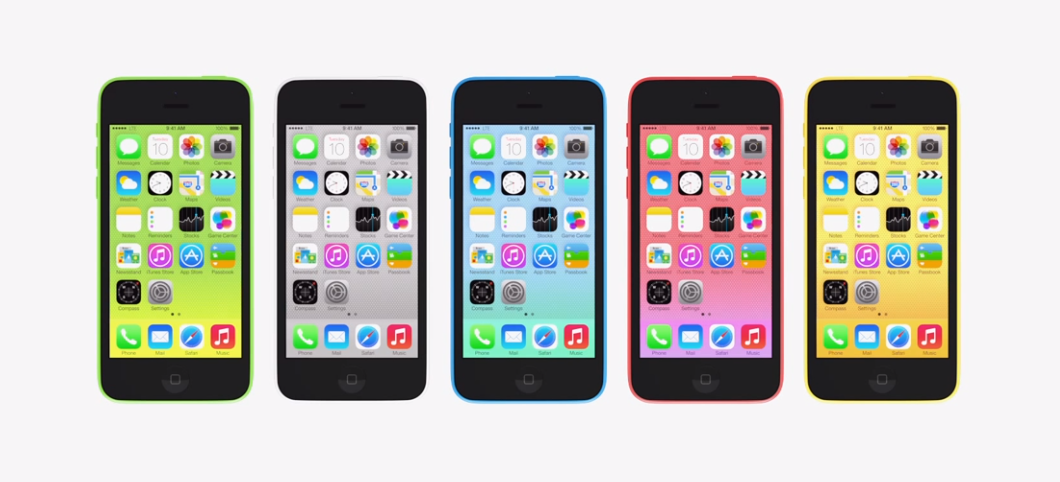Did Japan’s largest carrier wait too long to offer the iPhone? That’s the impression after NTT DoCoMo lost a record 66,800 net users in September, dropping its market share to 46 percent. By comparison, KDDI and SoftBank, which sold iPhones soon after its 2007 introduction, gained ground adding 270,700 and 237,700 users respectively.
DoCoMo blamed customer loss on inventory shortages and consumers who waited until Apple’s iPhone 5s and iPhone 5c September 20 sale date. Hoping to regain some momentum, the nation’s largest carrier announced opening online sales of the iPhone 5s to all customers. Meanwhile, in India things have gotten a little tricky for Apple’s $100 cheaper colorful iPhone 5c…
“DoCoMo attributed the subscriber loss to customers who delayed purchases until after Apple’s new mobile went on sale September 20 and insufficient stock of those handsets,” Bloomberg reports, citing a company spokeswoman.
DoCoMo had 61.8 million subscribers in September, followed by KDDI with 39 million and SoftBank with 34 million. Only after Apple announced the new iPhones did DoCoMo agree to sell the Apple handsets.
For a long period, the carrier had kept the iPhone at arms-length, instead stressing handsets from Sony, as well as Android smartphones by Samsung. The carrier had also delayed adopting the iPhone in order to “protect its online store, called dmarket, from competition with Apple’s iTunes,” according to today’s report.
DoCoMo’s 46 percent of the Japanese mobile market is six percent below the 52 percent market share the carrier enjoyed when KDDI and Softbank in 2008 began selling the iPhone. Now DoCoMo “must offer more incentives for existing users to remain with the carrier,” Tokyo’s BCN told Bloomberg.
Apparently, the carrier was listening.
Starting September 4, DoCoMo began allowing all customers to order the iPhone 5s online. Up until now, only premium customers who had been with the carrier for ten years could order online. Still, NTT warned there could be shortages of the silver or gold iPhone, according to Japan’s national newspaper SankeiBiz.
Earlier this month, the iPhone overtook Android in Japan (while also gaining on Android in the United States), showing the growing strength of Apple in Asia. The colorful iPhone 5c was introduced alongside the iPhone 5s with its Touch ID fingerprint sensor.
While the 5c was originally thought to be Apple’s play for the inexpensive smartphone market, there is growing concern that the handset may not fit the bill. The latest evidence comes from India, where the unsubsidized handset at $549 costs more than many of Samsung’s Android alternatives.
Although the iPhone 5c costs just $99 in the U.S. because of subsidies paid by carriers Verizon, AT&T, Sprint and T-Mobile, the concept of subsidizing handsets is impractical in India, Bloomberg reports. The lack of a subsidy makes Apple’s less-expensive iPhone “unaffordable,” according to the news report.
Two numbers explain why carrier subsidies just won’t work in India. U.S. carriers selling the iPhone earn on average $68.49 a month per user (ARPU). By comparison, India’s carriers operate with razor thin ARPUs of $1.60. There just isn’t any wiggle room for a subsidy that would allow India to offer subsidies.
The differences between U.S. and Indian carriers don’t stop at subsidies.
According to Bloomberg, at that nation’s largest mobile carrier, Bharti Airtel Ltd., 96 percent of customers in June were on prepaid plans. Compare that to Verizon, where just six percent of customers are prepaid.
While smartphone use and the need for data plans are surging in India, the disparity between revenue is drastic. While Verizon earns at least $40 per month from its most basic data, voice and texting plan, prepaid data and voice in India starts at $5.
So what’s Apple to do?
Discount the price on its older handsets, such as the iPhone 4 and iPhone 4S. Continue its slow entry into the prepaid market. According to Gartner, sub-$200 is the sweet spot for grabbing smartphone market share in India.
Apple already has made plans to open up more stores in India. Such trends must continue if the company truly wants into the market.


